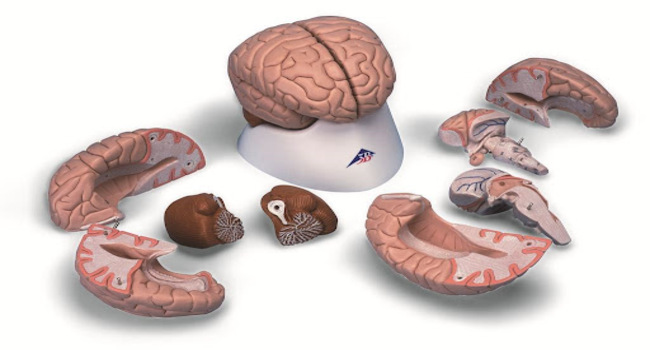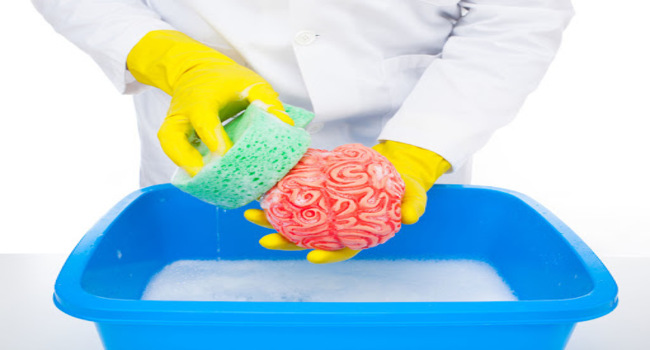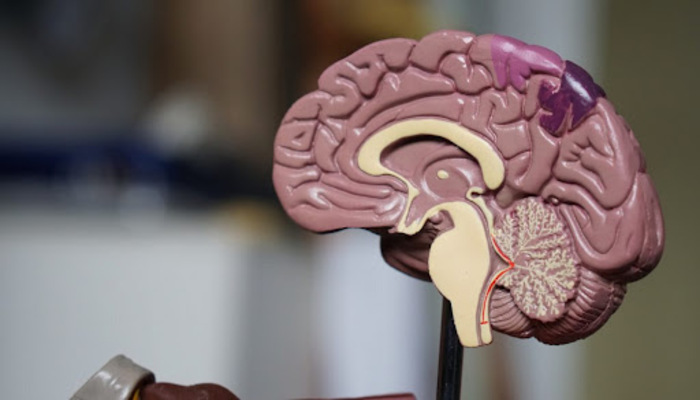Our brain is a complicated structure, and studying its anatomy is even more difficult. A good anatomical brain model can help illustrate the various components of the brain and their functions in a multifaceted manner, making it easier for students to learn.
What Are Anatomical Brain Models?
Anatomical brain models are tools that assist in teaching anatomy and physiology. They are available in various configurations intended to focus learning on a critical system or specific mechanisms or to show the whole brain with all structures in place.
Without visual aids, making the human brain’s architecture easy to understand is challenging. That’s why teachers rely on human brain models to help students comprehend the anatomy and physiology of the brain. It’s one thing to stand in front of a group of excited pupils. It’s quite another to fully describe how the brain regulates memory, memory abilities, appetite, etc. Even the basics can get lost in the imagination without a visual aid.
Choosing an Anatomical Brain Model for the Classroom

The best brain models provide customers with a wide selection of functions so that teachers and students can benefit from them in various ways. To choose the ideal anatomical brain model, you must first consider your lesson plan’s complexity. The model you pick should correspond with the level of detail you need.
For instance, a two-part brain model will show the different hemispheres but not the various lobes. It implies that students won’t be able to see basal ganglia or the pons of the brain stem. You’ll need a more sophisticated anatomical model to represent these parts. However, while a model with more components will offer a more thorough understanding, it can also make matters harder when students merely need to comprehend how the two hemispheres connect.
It’s also to read reviews when purchasing anatomical brain models. It is an excellent way to determine whether or not a product is worth your money. Consumer reports are a great source of information. So that consumers don’t have to rely on reading labels or the manufacturer’s word for it, they evaluate items for safety, performance, and value.
To help you find the best one for your classroom, here’s a list of the most popular anatomical brain models professionals use.
Anatomical Classic Human Brain Model (Five Parts)
The Anatomical Classic Human Brain Model (Five Parts) is an exact reproduction of a human brain that can be used in classrooms, universities, and hospitals to educate about anatomy or to illustrate medical processes. It may be divided into five separate parts for a more thorough analysis of the brain’s structure, in addition to being incredibly realistic and large enough for improved sight and anatomical accuracy.
When divided, it displays the inner anatomy of the brain after initially showing only the brain’s surface structure. The frontal and parietal lobes, the cephalic trunk, the cerebellum, and temporal and occipital lobes can then be seen after additional dissection of the left hemisphere brain.
Students can easily understand how the various pieces fit together thanks to the high degree of detail, anatomical accuracy, and removable sections in this brain model, which makes it easy for them to master its structure.
The Classic Human Brain comes with a detachable base that makes it simple to set the model down on a desk or shelf. It also has a hands-free display for presentations. The model can also be affixed to a whiteboard for improved visibility because each of its hemispheres is magnetic.
8-Part Anatomical Human Brain Model

To illustrate the anatomy and proportions of the various functioning parts, you can split this human brain model into eight sections. The vascular pathways of the human brain can also be taught with accuracy and reliability thanks to unique details.
The 8-Part Anatomical Human Brain Model is excellent for usage in GP offices, physiotherapy clinics, and other medical settings where it can help patients understand. However, it is also adaptable enough to be utilised by medical students in universities and classrooms to promote learning and comprehension.
Neuro-Anatomical Coloured Brain Model
A medially divided brain model that’s colour-coded to show the various neurological aspects of the brain. The intricate neurological anatomy of the brain can be learned or taught using this top-notch neuro-brain model. The left half of the brain model shows the Broca and Wernicke areas, pre and post-central region, brain nerves, Hesch’s gyrus, and ventricles, while the right half of the brain is divided medially to provide a coloured, systematic grouping and representation of the cerebral lobe.
The frontal cortex with parietal lobe, occipital and temporal lobes, 50% of the brain stem, and 50% of the cerebellum are just a few of the anatomical components that may be separated from either of the two halves of this coloured brain model. This neurological brain model is a great teaching tool for the human nervous system and brain anatomy. The base of the brain model is removable.
These anatomical brain models come with a free 3B Scientific 3B Smart Anatomy app. This includes access to an anatomy course that offers a variety of virtual anatomy models, lectures, and exams. Additionally, it offers a free warranty upgrade from 3 to 5 years with every product registration. Simply scan the sticker on your anatomical model and register online to receive these benefits.
Maintaining Anatomical Brain Models

Anatomical models can last for years when properly used. The unit can be cleaned to increase its longevity and make it last for many years in the classroom. Additionally, routine cleaning will improve hygiene when handling the model and lower the chance of cross-contamination.
Simple cleaning only needs soapy water and a gentle towel. Germs that are spread by so many hands contacting the appliance can be decreased by cleaning it gently using an antibacterial cleaner. Abrasive cleaners can cause hand-painted identification numbers and details on many of the models to fade. Additionally, stay away from drying substances like alcohol, which can lead to the cracking of the vinyl.


















